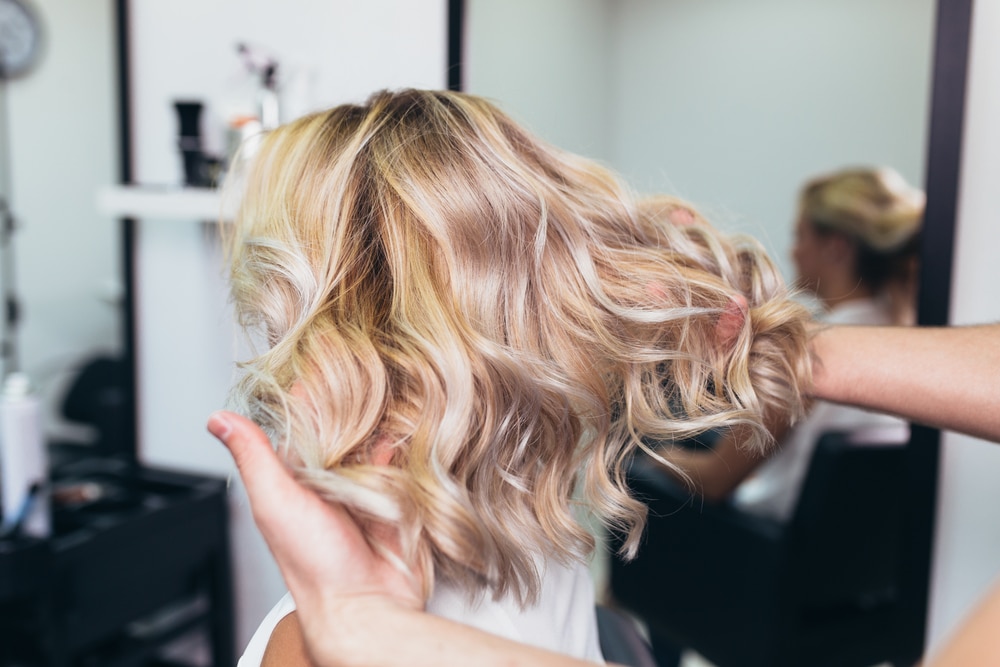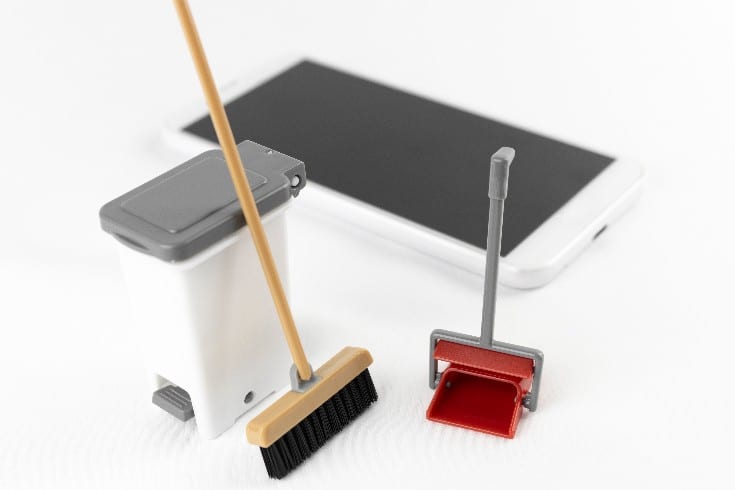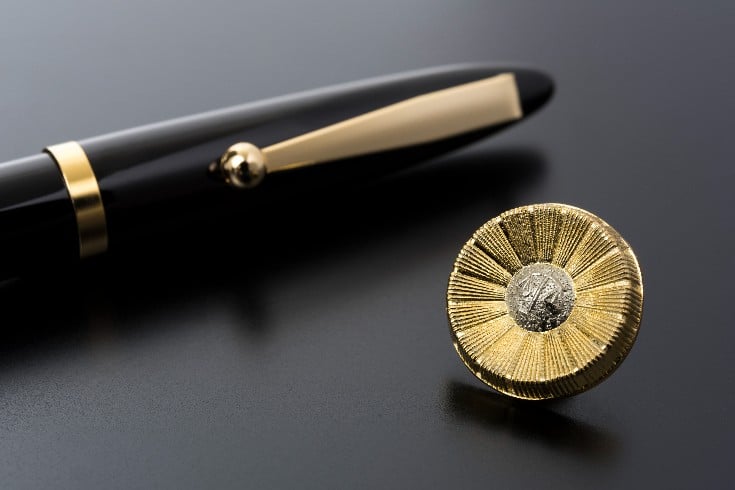Copyright and Authorship in Photo Submissions

Individuals who take photos and upload them to social media platforms like Instagram hold a right known as “copyright” over those photos. If someone else, in other words, someone who does not hold the copyright, reproduces these photos without permission, it results in a copyright infringement issue. This applies not only when the photographer is a professional, but also when the photo is taken by an ordinary individual. In other words, even photos taken by ordinary individuals are subject to copyright.
Copyright is a mechanism that “protects cultural creations that creatively express human thoughts and emotions”. It is protected by a law called the “Japanese Copyright Law”. The cultural creations referred to here include genres such as literature, art, and music, and also cover photos and texts posted on the internet. There is no particular procedure required to obtain copyright (principle of non-formalism), and the right of copyright automatically arises for the author at the point of creation of the work.
So, in the case of photos, what kind of works are considered copyrighted, and who is recognized as the copyright holder?
https://monolith.law/reputation/copyright-infringement-on-instagram[ja]
When the Product is Photographed from the Front

There was a case where Company X, which had acquired the business rights from Company A that sells advertising products for Sick House Syndrome on the internet, claimed damages based on copyright infringement (reproduction rights and public transmission rights) against Company Y. Company Y had used two product introduction photos (a solid stationary type and a mist spray type) without permission on their own website. The original trial (Yokohama District Court, May 17, 2005 (2005)) dismissed the claim, stating that the photos, which were simply taken from the front of the product, were mundane and did not recognize the copyright of the photos. The plaintiff appealed, and the appellate court stated,
“It is often difficult to know from the photograph itself what kind of shooting technique was used to obtain a certain photograph. What can be known from the photograph is the content of the expression obtained as a result. Regardless of the technique used in shooting, even in photographs of still life or landscapes, the composition, lighting, background, etc. often reveal some originality. It should be said that there are cases where the expression of the photograph obtained as a result itself reveals originality and the existence of creativity can be affirmed.”
Intellectual Property High Court, March 29, 2006 (2006)
The court recognized that each photo had “a certain degree of originality reflected in the combination and arrangement of the subjects, composition and camera angle, lighting and shadows, background, etc.” Although the degree of creativity was extremely low, the court recognized the copyrightability and acknowledged the copyright infringement. The conclusion is that even a photo that simply takes a picture of a product container from the front can be a copyrighted work, as it reveals some degree of originality in the composition, lighting, background, etc.
Company Y probably did not recognize it as a copyrighted work, thinking it was “just a mundane thing that just took a picture of the product from the front.” However, if it was such a mundane thing that anyone could take a picture of, Company Y should have taken the trouble to take their own pictures. There was a case where an anonymous person posted a photo they took on an internet bulletin board, and claimed that their copyright (reproduction rights and public transmission rights) was infringed, and demanded the disclosure of sender information from the intermediary provider, as introduced in another article on our site, “The Relationship between the Publication of Photos without Consent and Copyright.”
In the Case of the Plaintiff’s Selfie

The plaintiff took a selfie, and the defendant, an intermediary provider, did not dispute whether the photo was a copyrighted work. However, they argued that they merely linked to the plaintiff’s Twitter account and did not reproduce or publicly transmit the profile picture displayed on the account. The court rejected this argument.
Assuming that the selfie is a copyrighted work, the court acknowledged that the plaintiff, as the author of the photo, could exercise the right to claim damages for infringement of the right to reproduce and publicly transmit the photo against the sender. To exercise this right, the court recognized that it was necessary to disclose the sender’s information and ordered the intermediary provider to do so (Tokyo District Court, June 9, 2017 (2017 in Gregorian calendar)).
Selfies taken with smartphones and other devices are recognized as copyrighted works, and therefore, have copyright holders.
Outdoor Architectural Photography
As mentioned in another article on our site, “Is it permissible to take pictures of other people’s property and publish them without permission?”, the prohibited acts regarding “works or architecture permanently installed in outdoor locations” are limited to creating buildings with the exact same design and making replicas like souvenirs to sell to the public. In other words, if the purpose is anything other than these, free use is permitted, and there is no problem with taking photos or using those photos in advertisements.
https://monolith.law/reputation/photographing-others-property[ja]
There was a case where the plaintiff, who is the copyright holder, requested the disclosure of sender information from the Internet Service Provider (ISP) in order to seek damages, after a photo of the Yokohama Bay Bridge that they had taken and posted in their article was reprinted on a site without permission by an unknown person.
The ISP argued, “The image in question lacks creativity and does not qualify as a copyrighted work. The subject of the image, the Yokohama Bay Bridge, is permanently installed outdoors, and if one tries to photograph it, the range of choices for expression such as focal length, shooting position, and composition is naturally limited. Therefore, the image itself is not unique, and it cannot be said to be a work that shows individuality, so it lacks creativity and does not qualify as a copyrighted work.”
Tokyo District Court, June 26, 2019 (2019) Judgment
In response to this, the court stated,
“The image in question is a photograph taken of a landscape centered on the Yokohama Bay Bridge in the evening. The composition and angle were carefully chosen so that the land in the foreground would not be captured, and the landscape and moon behind the Yokohama Bay Bridge were included. Therefore, it can be recognized as a copyrighted work of a photograph.”
Same as above
The court recognized the plaintiff as “the author who took the image in question and the person who owns the copyright of the image in question”, acknowledged the right to claim damages, and ordered the ISP to disclose the sender’s information. This case provides a useful reference for understanding how the court determines whether a work qualifies for copyright protection.
The unknown person who reprinted the image without permission may have thought that it was okay to take and post pictures of outdoor architecture, and that if one tries to photograph something permanently installed outdoors, the range of choices for expression such as focal length, shooting position, and composition is naturally limited, so the image itself does not show creativity and does not qualify as a copyrighted work. However, if you think that anyone could take a similar picture, then you should go to the actual location, decide on the appropriate composition and angle, wait for the right time, and take the picture yourself.
Case of Model Photos for a Hairstyle Contest

When a photograph is recognized as a copyrighted work, who is acknowledged as the author? There has been a case where the identity of the author was disputed. The rights of the author are divided into two: copyright (property rights) that protects financial interests, and moral rights of the author that protect personal interests. The copyright in the financial sense can be partially or entirely transferred or inherited. Therefore, in such cases, the right holder (copyright holder) is not the author, but the person who has received or inherited the copyright.
In a hairstyle contest, a plaintiff publishing company, which recognized that it had the copyrights transferred from three photographers who took model photos, published a magazine featuring these photos. However, the defendant publishing company reproduced and published these photos in their own magazine. The plaintiff claimed that this act constituted an infringement of copyright (reproduction rights) and demanded payment equivalent to the photo publication license fee from the defendant. The plaintiff publishing company argued that the authors of each photo were the three photographers who had transferred the rights, while the defendant publishing company argued that the plaintiff did not own the copyright, and that each photo was a joint work of the photographer and the respective hairdresser. The issue of who was the copyright holder was disputed in court.
The court stated,
“It can be said that the plaintiff’s photos show originality in the combination and arrangement of subjects, composition and camera angle, light and shadow, and the setting and selection of the background. These were created by the photographers who took the plaintiff’s photos.”
Tokyo District Court, December 9, 2015 (2015)
and concluded that “the hairstyle is only a part of the subject, and the photographer was the one who selected, combined, and arranged the subject, which is a model with a certain hairstyle, makeup, and costume, in the photo,” and “the hairdresser did not participate in selecting, combining, and arranging the subject in the photo, and did not perform any of the elements that constitute the expression of the plaintiff’s photos.” Therefore, the authors of the plaintiff’s photos were the three photographers who took them, and the hairdresser was not a co-author.
The court then acknowledged that the plaintiff publishing company had received the transfer of the copyright of the photos from the three photographers and owned the copyright, and ordered the defendant to pay an amount equivalent to the photo publication license fee, recognizing the defendant’s intentional or negligent infringement of copyright (reproduction rights). The court’s judgment was that the copyright of the photo ultimately belongs to the photographer, even if there is room for something related to the model, who is the subject, with a unique hairstyle and makeup, to be established as a separate copyrighted work.
In the judgment, it is also stated that,
“A photograph is a single expression that is a combination of various elements such as the selection, combination, and arrangement of subjects, the setting of composition and camera angle, the capture of shutter chance, the relationship between the subject and light (front light, back light, side light, etc.), the way of shading, the combination of colors, the emphasis or omission of parts, and the background. Among these methods of expression in photography, some are obtained as a result of utilizing shooting techniques such as the selection of lenses, adjustment of exposure, setting of shutter speed and depth of field, and lighting, while others are obtained as a result of utilizing the mechanical action of autofocus cameras and digital cameras.”
Ibid
And it states, “If such originality is expressed in the resulting photographic expression, it should be possible to affirm the creativity of the photographic work.” This implies that the copyright of a photograph can be recognized quite broadly.
Summary
Simply downloading a photo you like or taking a screenshot and saving it on your personal device does not constitute a violation of the Japanese Copyright Law. However, it becomes a violation if you repost or reproduce it online, and it seems that many people inadvertently do this. The golden rule is to only post images you have taken yourself and not to use other people’s copyrighted works without permission. If you absolutely need to use someone else’s copyrighted work, make sure to obtain permission from the copyright holder and use it within the established rules.
Category: Internet





















